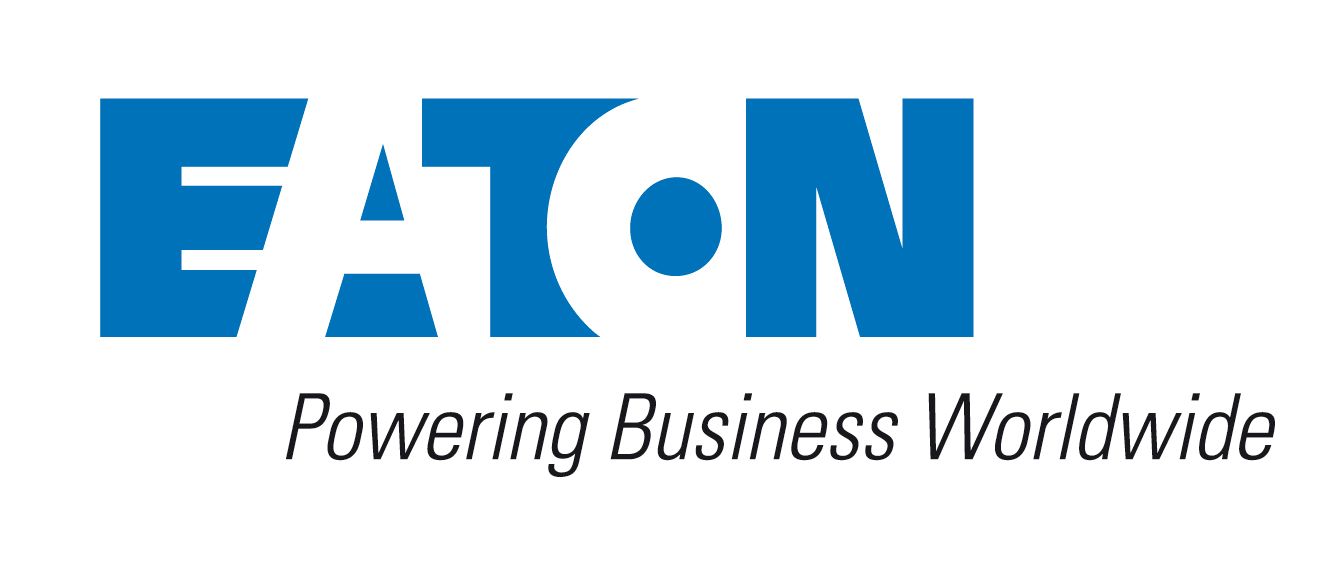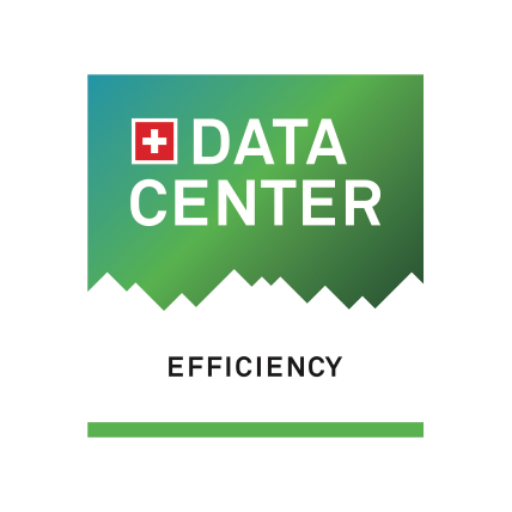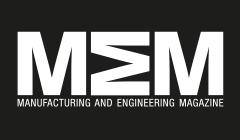Exhibitor Press Releases
THE CRITICAL ROLE OF CABLE CLEATS IN DATA CENTRES
)
In an increasingly digital world, data centres are the
backbone of global connectivity. Every click, transaction, and streamed video
relies on these complex infrastructures operating seamlessly. As the demand for
high-speed data and reliable uptime continues to grow, so too does the need for
robust electrical infrastructure. Among the often-overlooked yet crucial
components of data centre design is cable management - ensuring that power and
data cables are installed, protected, and maintained to the highest standards.
The Challenges of Cable Management in Data Centres
Modern data centres are high-density environments where vast
amounts of power are distributed through extensive cabling systems. These
installations face several key challenges:
- High
Power Demand: Data centres require vast amounts of electrical power,
leading to high-capacity cabling systems that must be properly supported
and secured.
- Thermal
Management: Poor cable management can obstruct airflow, leading to
overheating and reduced efficiency.
- Fire
Safety: Electrical faults, if not properly contained, can pose a
serious risk to critical infrastructure and personnel. Regulations require
secure cable installation to prevent short circuits and mitigate fire
hazards.
- Maintenance
and Upgrades: Well-organised cabling simplifies maintenance and
reduces downtime as data centres are continually evolving.
The Role of Cable Cleats in Ensuring Safety and
Performance
Cable cleats play a fundamental role in securing power
cables, particularly in high-voltage environments. While they may be a small
component of the overall electrical system, their importance cannot be
overstated. Cable cleats provide vital protection by:
- Protection
during Short Circuits and Electrical Failures: In the event of a
fault, the forces generated by high-powered electrical cables can be
immense. Without proper restraint, cables can move violently, leading to
catastrophic failures. Cable cleats hold cables in place, mitigating these
risks.
- Ensuring
Compliance with Industry Standards: International regulations, such as
IEC 61914, set stringent requirements for cable fixing and restraint
systems. High-quality cable cleats ensure compliance with these safety
standards.
- Aiding
Thermal Management: Securely spaced cables allow for improved airflow
and more efficient heat dissipation, contributing to the overall energy
efficiency of a data centre.
- Enhancing
Longevity and Reliability: Properly restrained cables experience less
wear and tear over time, reducing the likelihood of maintenance issues and
unplanned outages.
Choosing the Right Cable Cleats for Data Centres
Not all cable cleats are created equal, and selecting the
right product for a data centre environment requires careful consideration. Key
factors include:
- Performance
Under Fault Conditions: Cleats must be tested under high short-circuit
conditions to ensure they provide adequate restraint in the event of a
fault.
- Material
Selection: Corrosion-resistant materials such as stainless steel or
high-strength polymers are ideal for ensuring longevity.
- Installation
Flexibility: Data centres often require custom cable arrangements, so
cleats should allow for easy installation and adaptability to different
configurations.
Guaranteed Specifications with the Ellis Cleat Calculator
Ellis have developed a sophisticated tool that calculates
the perfect recommendations for the best cleats to use for every installation, factoring
in cable diameter, short-circuit forces, and installation environment. Check it
for yourself here: https://www.ellispatents.co.uk/cleat-calculator.
Ellis at Data Centre World Stand no DC144
To explore the full range of Ellis cable cleats and discuss
short-circuit protection with industry experts, visit the Ellis stand at Data
Centre World (stand DC144). Speak with our specialists to ensure your data
centre’s cable management is built for long-term resilience.
While cable cleats may not always be the most visible
component of a data centre, they play an indispensable role in securing the
power supply that keeps the digital world running. A well-designed support
system incorporating the right cleats protects infrastructure while
contributing to operational efficiency and regulatory compliance.

)

)


)
)
)
)
)
)
)
)
)
)
)
)
)
)

)
)
)
)
)
)
)
)
)

)
)
)
)
)
)
)
)
)
)
)
)

)
)








)
)
)

)
)
)